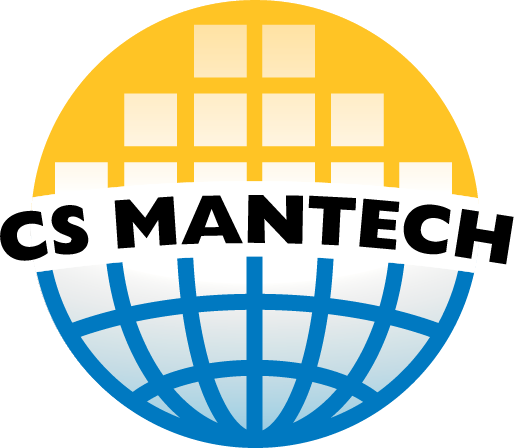F. Brunner
Ferdinand-Braun-Institut
-
9.3.2023 Drift Region Epitaxy Development and Characterization for High Blocking Strength and Low Specific Resistance in Vertical GaN Based Devices
Eldad Bahat Treidel, Ferdinand-Braun-Institut, Berlin, GermanyFrank Brunner, Ferdinand-Braun-Institut, Berlin, GermanyEnrico Brusaterra, Ferdinand-Braun-InstitutMihaela Wolf, Ferdinand-Braun-Institut, Berlin, GermanyAndreas Thies, Ferdinand-Braun-InstitutJ. Würfl, Ferdinand-Braun-InstitutOliver Hilt, Ferdinand-Braun-Institut, Berlin, Germany
